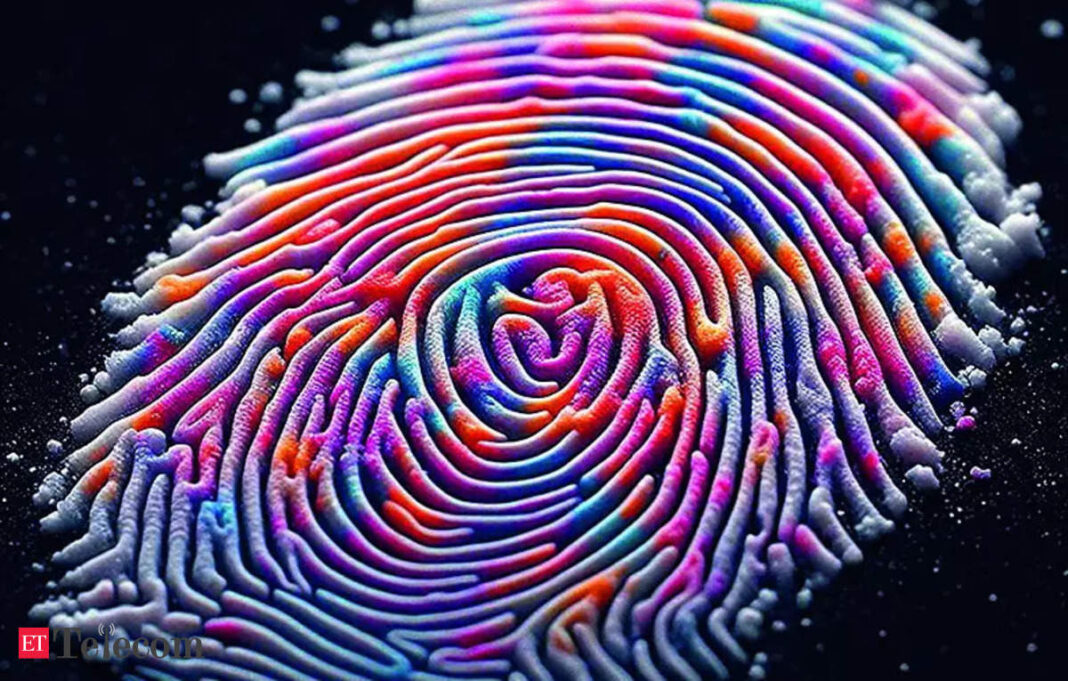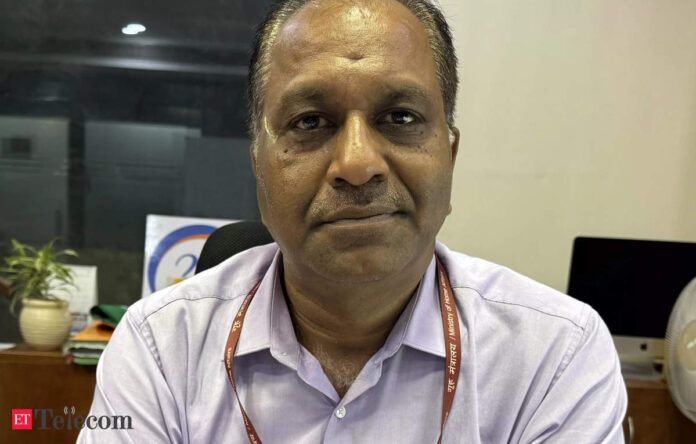In Short:
Aadhaar has faced criticism in India for concerns about privacy and exclusion, yet it has become vital for public services and digital transactions. It supports services like eKYC and DigiLocker, streamlining processes and enhancing financial inclusion. However, its use remains limited to government programs and certain sectors, while many still rely on paper documents, which undermines its digital intent. The 2019 amendment allows voluntary use of Aadhaar for identity verification, but broader adoption requires more entities to integrate with the system. Expanding Aadhaar’s authentication can reduce costs and improve efficiency if regulatory barriers are eased.
Aadhaar: From Scrutiny to Central Role in India’s Digital Landscape
When it comes to projects in **India**, few have attracted as much debate and scrutiny as **Aadhaar**. While many civil society organizations have raised alarms, claiming it’s a step towards an Orwellian state, others argue it may inadvertently lead to exclusionary practices. There have been even more serious allegations suggesting that it could help illegal immigrants secure Indian citizenship. Not to be overlooked, a parliamentary standing committee has described the initiative as directionless and unnecessary.
The Transformative Role of Aadhaar
Despite facing a maze of challenges, Aadhaar has evolved into a cornerstone of India’s public service delivery systems and is pivotal in facilitating digital transactions through its robust authentication services. This initiative has birthed a suite of digital innovations, such as **eKYC**, online digital signatures (eSign), **DigiLocker**, and various **Consent artifacts**. In essence, Aadhaar has been instrumental in cleaning up and streamlining critical databases, including **PAN** and bank accounts, significantly reducing costs and hassles tied to transactions.
Financial Inclusion Through JAM
Thanks to the **JAM** (Jan Dhan-Aadhaar-Mobile) initiative, financial inclusion in India has seen remarkable strides, with an astounding 118 billion authentication transactions and 14 billion eKYC transactions logged to date. However, despite these achievements, the application of Aadhaar has so far been largely restricted to government programs and specific sectors such as banking and telecom.
Untapped Potential in the Private Sector
Many in the private sector have yet to fully harness Aadhaar’s capabilities. For example, companies issuing gold loans still rely on self-attested Aadhaar photocopies and traditional paperwork, which contradicts Aadhaar’s core mission: to promote a paperless and presence-less governance system. Relying on self-attested Aadhaar documents feels like a step backward, undermining the very intent of Aadhaar to enhance trust, security, and cost-effectiveness. It’s disappointing to see that many businesses still request physical copies prone to fraud—mobile SIM cards can be acquired illicitly with fake Aadhaar letters, highlighting the need for better systems.
The Cost of Paper-Based KYC Procedures
Although comprehensive data on total KYC transactions in India is lacking, it’s believed that Aadhaar transactions represent less than 10% of the total. Each year, more than 33 billion authentication and KYC transactions occur, and the costs tied to outdated, paper-based KYC processes—which include photocopying and document maintenance—are eye-watering, not to mention the unnecessary environmental impact.
Addressing Legal Constraints
You might wonder if there are any legal restrictions that prevent citizens from voluntarily using Aadhaar for KYC. The short answer is no! What’s truly needed is an expansion of the Aadhaar-based authentication ecosystem across the country.
Empowering Aadhaar Holders
In 2019, amendments to the Aadhaar law included a new sub-section in Section 4(3) of the Aadhaar Act 2016. This change states that every Aadhaar number holder can voluntarily use their 12-digit unique number for identity verification, either in physical or electronic form.
This indicates a vital right for Aadhaar holders; however, it also requires entities wishing to verify identity to accept and utilize this authentication method. For that to happen, entities must be authorized as **Authentication User Agencies (AUA)** by the **UIDAI**. If UIDAI remains stringent about licensing, citizens will struggle to exercise their rights with Aadhaar.
Capacity of UIDAI
A significant consideration is whether the UIDAI can manage the growing demand for Aadhaar authentications. Currently, the UIDAI processes around 91 million authentication requests daily, but its infrastructure is capable of handling up to 10,000 times that volume. Thus, there shouldn’t be any concerns regarding capacity.
Future Directions for Aadhaar
The potential for expanding Aadhaar-based authentication is enormous, promising not only cost savings but also increased trust. By incorporating facial recognition technology, smartphones could serve as efficient authentication tools, eliminating the need for additional devices. To harness this potential, UIDAI must:
- Adopt a more open approach in granting **AUA** and sub-AUA licensing, enhancing accessibility without compromising security.
- Establish a framework for sharing KYC information among financial institutions, creating a centralized repository for digitally signed eKYC documents. This would empower citizens to grant permission for data sharing, alleviating the inconvenience of repetitive KYC processes.
Successive governments have made significant progress in weaving Aadhaar into the fabric of various services. The current administration should seize this momentum to expand Aadhaar’s voluntary identity verification capabilities even further.
The Road Ahead
Today, Aadhaar stands as one of India’s most impactful **Digital Public Infrastructures (DPI)**. It’s time for India to fully tap into Aadhaar’s potential, maximizing its advantages and integrating it more profoundly into daily transactions.
(The writer is a former Director General and Mission Director of UIDAI)




